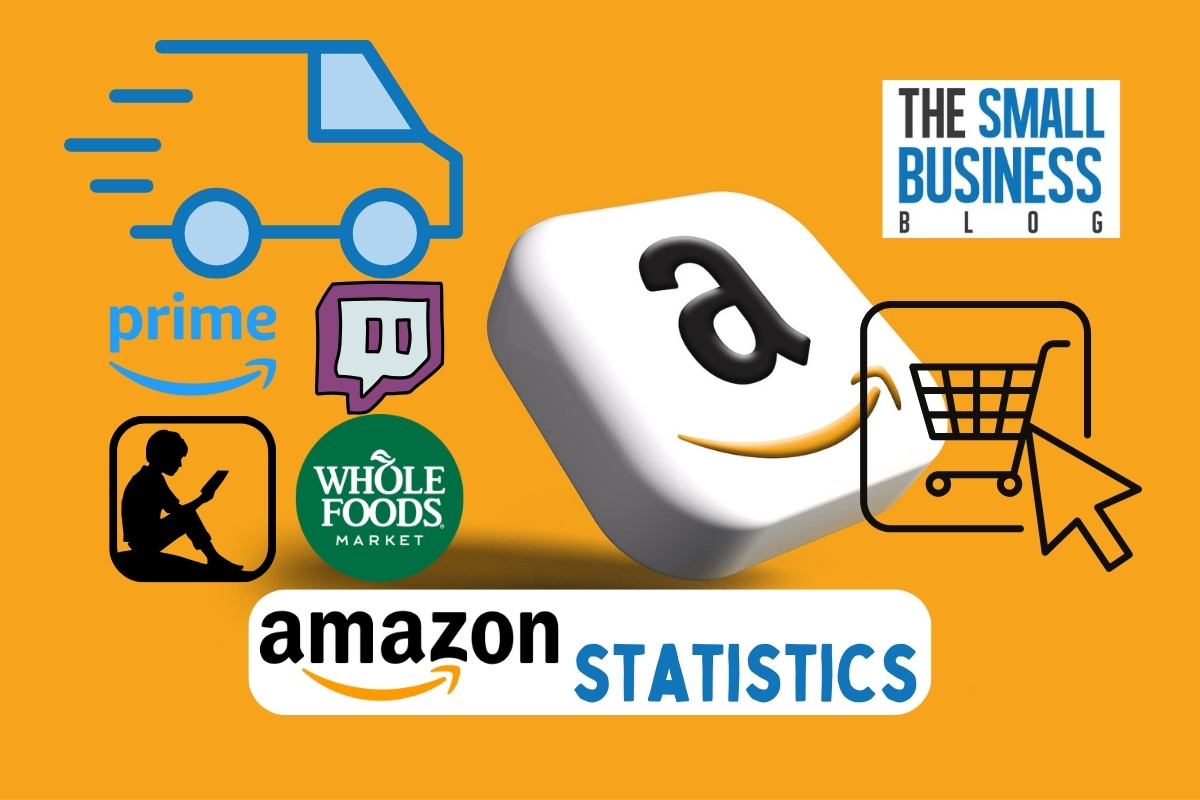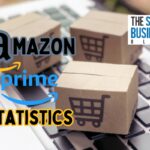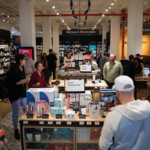Amazon is probably one of the most famous companies in the world.
Of course, it hasn’t always been that way!
Back in 1994, Amazon launched as an online bookseller.
It wasn’t alone.
Selling books online was a surprisingly competitive field.
This led Amazon to diversify, selling an array of different products.
Today, you can purchase nearly anything on Amazon, which is why it’s often referred to as ‘The Everything Store’.
Amazingly, this model worked and the online marketplace drove forward internet sales.
The company survived the dot.com bubble bursting and has since become one of the largest businesses in the world.
Whether you’re looking to shop on Amazon or become a seller, you’re going to want to know the following Amazon statistics.
While some are interesting reading, others will help you obtain an edge in your industry and build a successful business.
It’s worth noting that Amazon had its own distribution hubs way back at the beginning of the 2000s.
However, it didn’t start delivering goods itself until 2010.
Part of the reason for this delay was that the original premise was to help third-party retailers build their own shops and websites quickly, through Amazon.
It became obvious that Amazon was just as capable of sourcing and supplying items.
This led to them supplying their own products and working with premium sellers to ensure every customer gets the best possible experience.
Naturally, not everything Amazon has created has been successful.
You’ll have heard of the Kindle and Firestick but may have forgotten about the Fire Phone.
It was launched in 2014 with a 3D screen and didn’t find favor with consumers across the globe.
Amazon has tried several things over the years to help maintain and build its revenue stream.
One approach that has proved to be very successful is Amazon Prime.
A small monthly subscription gets you access to an array of movies and TV series, along with priority delivery on Amazon orders.
Amazon has purchased several other firms, such as Twitch.TV for nearly $1 billion and Whole Foods for $17.4 billion.
It’s constantly looking to drive the business to the next level and remain one of the best-known companies in the world.
Let’s take a look at the statistics.
Post Contents
- 1 Key Statistics
- 2 Top Amazon Statistics in 2024
- 2.1 1. Amazon Revenue In 2022 Was $513 Billion
- 2.2 2. The Company Recorded A Net Loss In 2022 Of $2.7 Billion
- 2.3 3. Amazon Prime Has 220 Million Customers
- 2.4 4. 98 Million People In The US Use The Amazon App Every Month
- 2.5 5. 87% Of Customers Trust Amazon
- 2.6 6. Home & Kitchen Is The Most Popular Amazon Category
- 2.7 7. 82% Of Consumers Look At Price First
- 2.8 8. 67% Of Amazon Consumers Use A Desktop
- 2.9 9. An Average Of 4,000 Products Are Sold Every Minute On Amazon In The US
- 2.10 10. There Are Approximately 2 Million Amazon Sellers
- 2.11 11. 56% Of Consumers Start On Amazon
- 2.12 12. The Average Prime Member Spends $1,000 A Year
- 2.13 13. Amazon Is Worth $1286.83 Billion
- 2.14 14. Prime Day Is The Most Profitable Day In The Amazon Calendar
- 3 Summing Up
Key Statistics
- Amazon revenue in 2022 was $513 billion
- The company recorded a net loss in 2022 of $2.7 billion
- Amazon Prime has 220 million customers
- 98 million people in the US use the Amazon app every month
- 87% of customers trust Amazon
- Home & kitchen is the most popular Amazon category
- 82% of consumers look at price first
- 67% of Amazon consumers use a desktop
- An average of 4,000 products are sold every minute on Amazon in the US
- There are approximately 2 million Amazon sellers
- 56% of consumers start on Amazon
- The average Prime member spends $1,000 a year
- Amazon is worth $1286.83 billion
- Prime Day is the most profitable day in the Amazon calendar
Top Amazon Statistics in 2024
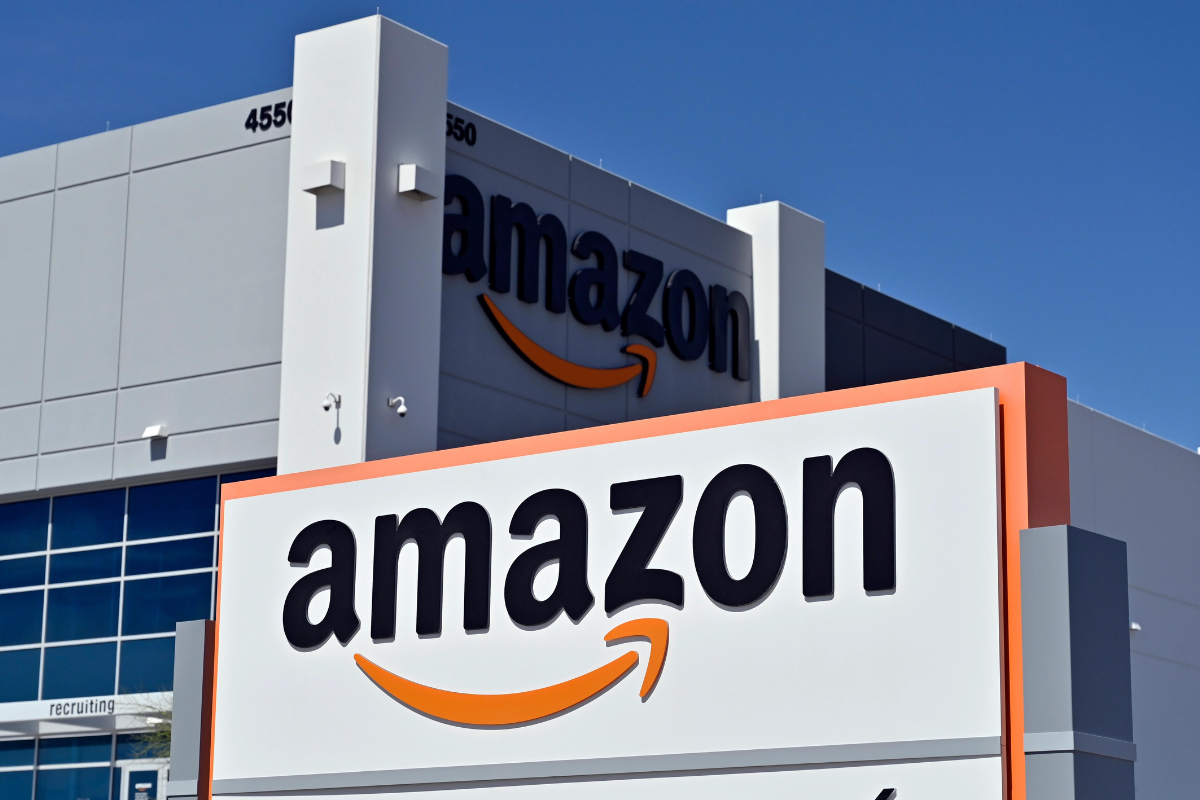
1. Amazon Revenue In 2022 Was $513 Billion
According to their annual report, Amazon had a total revenue for 2022 of $513 billion.
That’s a huge sum, and difficult for most people to visualize.
It’s a 9.1% increase from 2021.
This level of revenue makes Amazon the third-largest company in the world by revenue.
Walmart and China’s State Grid both have higher annual revenues.
The question is how long before Amazon overtakes Walmart and China’s State Grid?
In 2005 the revenue was just $8.4 billion.
By 2010 this had increased to $34.2 billion, and by 2015 it had crossed $100 billion.
In the last few years, aided by the pandemic, revenue has risen dramatically.
In 2016 it was $135.9 billion, three years later, in 2019, it had doubled to $280.5 billion.
In 2020, the year of lockdowns, revenue increased by $105 billion, taking it to $386 billion for the year.
A similar increase happened in 2021 lifting the revenue to $470.8 billion.
In 2022 the increase in revenue was less impressive but still a satisfying $43 billion increase to the aforementioned $513.9 billion.
(Business of Apps)
2. The Company Recorded A Net Loss In 2022 Of $2.7 Billion
Despite a revenue of $513.9 billion, Amazon managed to record a loss of $2.7 billion in 2022!
What is most surprising about this is that the b business has shown a net profit for the last seven years.
The last net loss was posted in 2014 as $0.24 billion.
Since then, the company has built its net profit every year.
In 2015 it was $0.59 billion, by 2018 it had reached $10.07 billion, and 2021 saw an impressive $33.36 billion net profit.
Amazon has said part of this loss is due to its purchase of an electric vehicle startup business, Rivian.
It’s also encountered problems with Amazon Go and Amazon Fresh stores, which has contributed to the net loss.
They have also been forced to lay off 18,000 staff and incurred bills of millions in relation to severance pay.
Although a difficult year, it would appear that the future is still bright for Amazon.
(Business of Apps)
3. Amazon Prime Has 220 Million Customers
Amazon Prime has proven to be one of the best creations from Amazon.
It started out offering faster delivery.
Now, it offers free delivery and an array of other options, such as Amazon Prime TV, cloud storage, and music, as well as free e-books.
Back in 2016, Prime had just 46 million subscribers.
The numbers have improved every year.
In 2017 it grew to 66 million, by 2018 it had hit 100 million, and in 2020 there were 150 million Prime customers.
2021 and 2022 saw further growth.
An additional 50 million subscribers started using the service in 2021 and a further 20 million in 2022, taking it to a total of 220 million customers.
It should be noted that a large percentage of these subscribers are based in the US.
According to the latest data, in 2022 there were 168 million US subscribers.
That’s over 70% of Prime subscribers.
That rate has stayed fairly steady.
In 2016 there were 38 million US-based Prime subscribers, around 80% of all subscribers.
Just as the rate of global Prime subscribers has risen year-on-year, so has the rate of US-based Prime subscribers.
(Business of Apps)
4. 98 Million People In The US Use The Amazon App Every Month
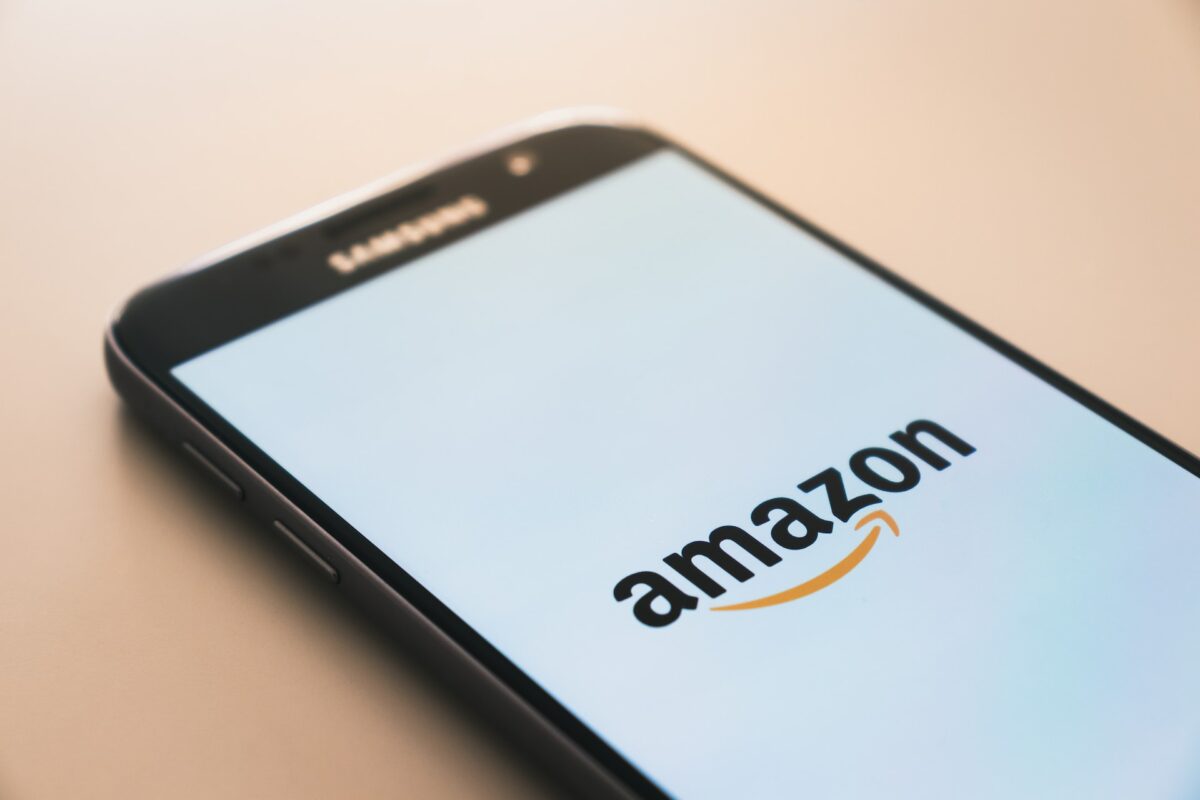
Amazon has hundreds of millions of customers but that doesn’t mean they shop with Amazon daily, weekly, or even monthly.
After all, there are only so many items you can buy.
While this is true, it appears that many Amazon customers do shop with the company every month.
According to the latest figures, 98 million Amazon shoppers use the Amazon app monthly.
That’s 98 million people accessing Amazon at least once a month.
This figure makes it the second-most-popular app in the US.
Only Walmart can beat it, with an impressive 120 million monthly visitors.
It’s worth noting that Target is also a big player in this field.
However, while it can try to compete with Amazon, its app isn’t at the same level.
According to the latest reports Target gets 17.12 million people using their app every month.
(Statista)
5. 87% Of Customers Trust Amazon
It can take many years for companies to create trust with their consumers.
The trust is based on reviews and personal experience.
To ensure these are positive a business needs to offer the very best customer service.
Good customer service can compensate for lower-quality products and even bad service, provided it only happens occasionally.
Amazon has been trading for many years and, to many people, it is the center of eCommerce.
This dedication to looking after customers has paid off.
In a recent Feedvisor survey, it was found that over 87% of buyers trust Amazon and are more likely to purchase something from Amazon than any other website.
The fact is proven further when you find that 53% of Amazon shoppers purchase something from Amazon weekly.
A further 10% buy something every day.
Amazon has always been consistent with its products and services.
This, alongside a transparent approach to products, is why so many people trust Amazon today.
(Feedvisor)
6. Home & Kitchen Is The Most Popular Amazon Category
Amazon is known to sell almost anything you can think of.
As such, it has hundreds of different categories.
It helps customers find the right product quickly.
What may surprise you is that the most popular category on Amazon is home and kitchen.
Impressively, 32% of sellers on Amazon have products within the home and kitchen category.
Of course, it is quite a general category, almost everyone will find something appealing in this category.
The second place spot is taken by products within the beauty and personal care section.
This category is used by 23% of all online sellers and is a great way to attract potential customers to your products.
Of course, this can all change as Amazon is constantly striving to improve the range of categories and products available.
This helps Amazon stay relevant and encourages new customers to try their service.
(Jungle Scout)
7. 82% Of Consumers Look At Price First
Millions of people head online every day to start shopping.
While some stores are the obvious choice, for many products it’s worth looking at what Amazon has to offer.
Consumers will take the time to check the product on Amazon, its price, and whether it can be delivered.
It’s not just the product they will be looking at.
A recent survey found that 82% of consumers would look at the price before committing to buy.
It’s not surprising, why pay more for exactly the same product?
Thankfully for Amazon, they are often the cheapest supplier and the one that people trust the most.
After the price, people will often look at the shipping costs, the lower these are the better.
70% of customers want to check the cost of shipping before ordering.
Equally, 57% of consumers will look at product reviews before deciding to buy.
In general, this refers to product reviews posted on the Amazon website.
If the customer has any doubts a visit to some of the online forums should resolve the issue.
Another key factor in choosing Amazon is the ability to effortlessly return items which aren’t wanted.
(Statista)
8. 67% Of Amazon Consumers Use A Desktop

Access to the internet via a mobile device overtook desktops for the first time in 2016.
It’s taken many years for this to happen as technology has been slowly but steadily improving.
Today, with more people accessing the internet via mobile devices than desktops it’s easy to think that this will be the same for those shopping on Amazon.
However, a recent survey found that 67% of Amazon shoppers still prefer to access the website via a desktop computer.
The same survey found that 24% of Amazon buyers preferred to shop from a mobile device.
The remaining 9% were happy to shop from either.
Although the survey didn’t cover the reasons for preferring a desktop, the general consensus is that it is easier to compare multiple products on multiple tabs when using a desktop.
It’s also worth looking at the age of the shoppers.
The survey largely focused on older people.
These are customers who have adapted to the world of online shopping but may not be ready to change again.
Statistics show people over 55 are more likely to use a desktop computer while those under 35 are almost certain to use a mobile device.
(CPC Strategy)
9. An Average Of 4,000 Products Are Sold Every Minute On Amazon In The US
As the company with the third-largest revenue in the world, it’s not surprising that Amazon sells a lot of products every minute of the day.
According to the latest figures released by Amazon, small and medium-sized businesses in the US sell over 4,000 products every minute.
This figure relates to 2019, it’s likely to be significantly higher today.
For many small and medium businesses, it’s an essential way to reach customers and build a successful business.
Amazon even helps these businesses succeed with the creation of events, designed specifically for sellers.
That’s things like the Amazon Academy and the Boost Conference.
All things which will help Amazon sellers build their brand and attract customers.
(Amazon)
10. There Are Approximately 2 Million Amazon Sellers
Amazon’s latest figures show that nearly 2 million small and medium businesses are operating through the Amazon platform.
For the purposes of this study, Amazon described a small or medium business as one with fewer than 1,000 employees and an annual revenue under $1 billion.
The low costs involved in selling on Amazon make it an attractive marketplace to many businesses.
It’s easy to get started and promote your first products.
The number of small and medium businesses on Amazon is growing.
It’s estimated that the number of sellers will exceed 3 million by 2028.
In conjunction with the increased seller numbers, Amazon has also disclosed that the average seller is bringing in significantly more money.
From September 2020 to August 2021 the average US Amazon seller earned $200,000 in sales.
The amount in the preceding year was $175,000. That’s an impressive increase.
(Amazon)
11. 56% Of Consumers Start On Amazon
If you know what you’re looking for then you can search the web, or a preferred store, for that item.
However, if you’re looking for inspiration, perhaps for Christmas, an upcoming birthday, or even a special event, it’s difficult to know where to start.
Fortunately, Amazon has a huge selection of products.
It’s difficult not to feel inspired when looking at the latest offerings from the site.
It appears the majority of buyers agree with this assessment.
The latest reports from Amazon show that 56% of consumers will start any shopping experience by looking on Amazon.
Browsing the most popular items is an excellent way to get inspiration regarding what you can purchase for that special someone.
Once inspired, some buyers will go elsewhere to see if there is a better deal.
It’s rarely the case.
Equally, many buyers will simply click on the product they’ve found and order it straight away.
That’s a win for Amazon and the customer.
It’s worth noting that 21% of people say their shopping journey starts with Google.
That’s less than half of those who start their journey at Amazon, showing why Amazon ranks ahead of Google when searching for products and inspiration.
(Feedvisor)
12. The Average Prime Member Spends $1,000 A Year
Being a Prime member gives you access to a range of benefits, that includes free delivery.
According to several surveys, free delivery is one of the biggest reasons people sign up for Prime.
It’s always nice to feel you’re getting something for nothing!
However, Prime has proved to be advantageous for Amazon as well.
According to the latest figures released by the company, the average Prime member spends over $1,000 a year buying things from Amazon.
In contrast, users of Amazon who aren’t Prime members will spend, on average, between $100 and $500 with Amazon every year.
The difference is good for Amazon but also reflects how appreciated the free shipping benefit is to Prime members.
Every sale made because of this benefit is a sale that won’t go to Amazon’s competitors.
(Amazon)
13. Amazon Is Worth $1286.83 Billion
The net worth of any company is hard to pinpoint.
That’s because it is best described as the value of its shares multiplied by the number of shares it has issued.
Of course, share prices fluctuate all the time, and with thousands of shares issued, even a small dip in the price can cause a big drop in the value of the business.
As of October 2023, Amazon was listed as being worth a staggering $1286.83 billion.
That’s a figure so large that most people can’t comprehend it.
This isn’t the highest value for the company.
It’s still recovering from a big dip in 2022 when the value dropped to $895.21 billion.
That was the result of costs rising and revenue dipping, causing the company to post a surprising net loss.
The dip in profits meant investors were concerned and several sold shares, deflating the price.
To put this in context, Amazon was worth $1884.22 billion in May 2022.
It’s likely to recover and potentially surpass this value in the next two to three years.
(Macrotrends)
14. Prime Day Is The Most Profitable Day In The Amazon Calendar
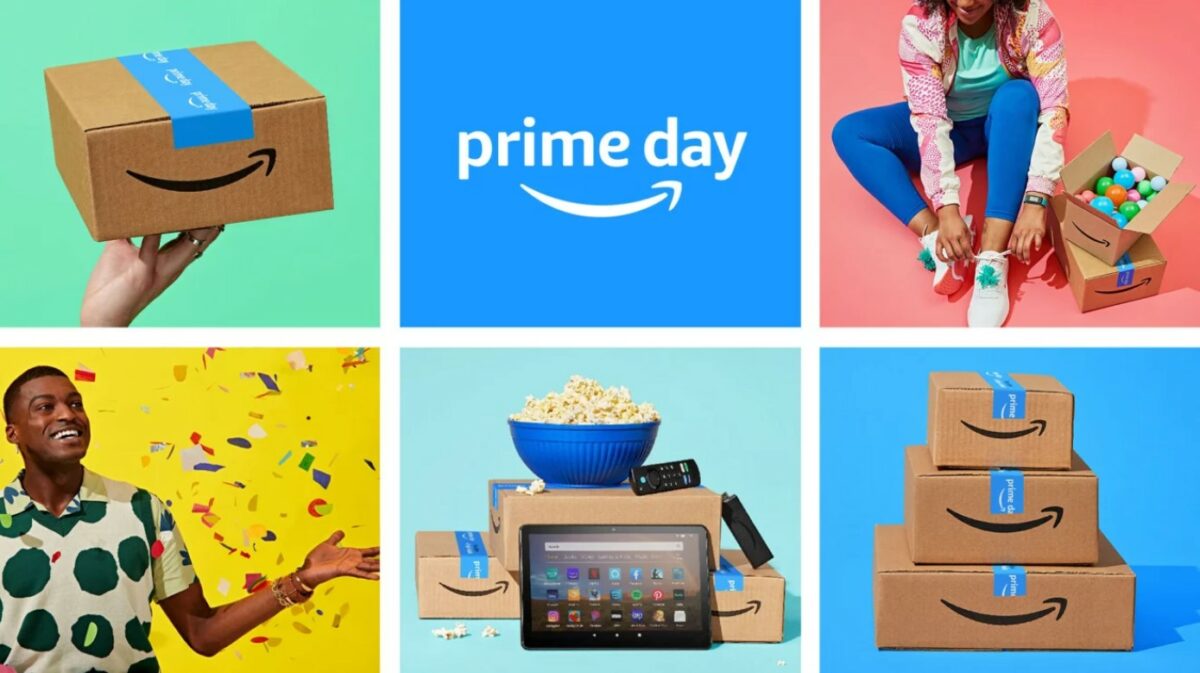
According to the latest statistics released by Amazon, more sales are made on Prime Day than on either Black Friday or Cyber Monday.
Prime Day is designed to provide an array of discounts to all Prime members, effectively exclusive deals.
The savings can be significant and potentially better than a Black Friday or Cyber Monday deal.
It’s hard to say whether the savings are what attract consumers or the fact it’s exclusive.
What is true is that more people sign up for Prime on Prime Day than any other day.
Amazon also enjoys a higher conversion rate than normal, as much as 18.6% and buyers tend to spend more on average.
(Amazon)
Summing Up
There is little doubt that Amazon is here to stay, you don’t even need to look at the Amazon statistics to come to this conclusion.
Amazon is a massive company and yet still manages to look after its customers and the small/medium businesses which use its services.
If you’re a seller and you’re not yet using Amazon to sell your products it’s time you gave them a try.
It could be the best business decision you ever make!
The above statistics will help to ensure you have all the knowledge and tools you need to create a strong presence on Amazon and become a success.







